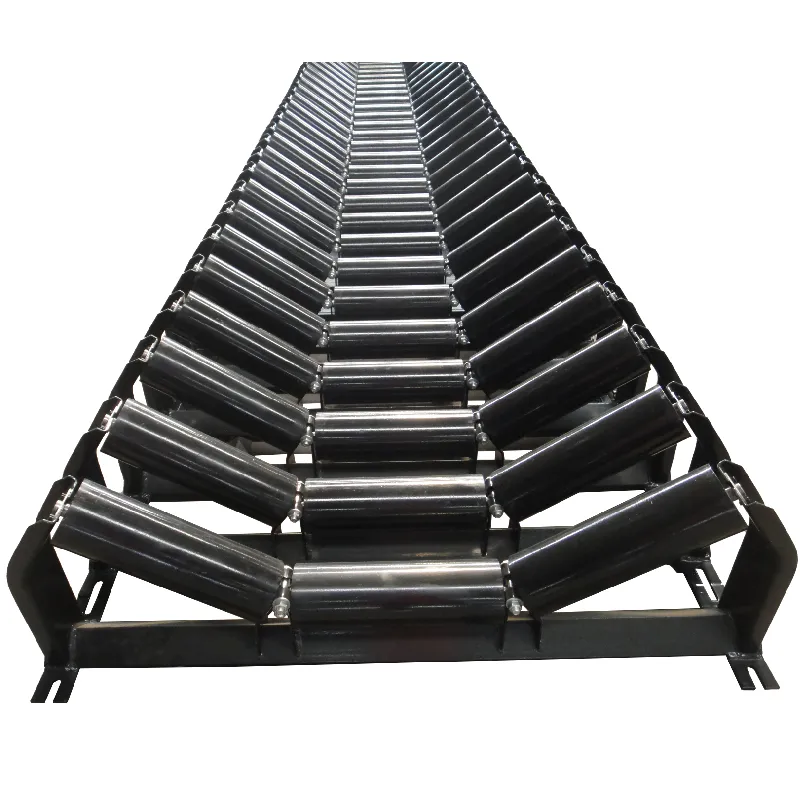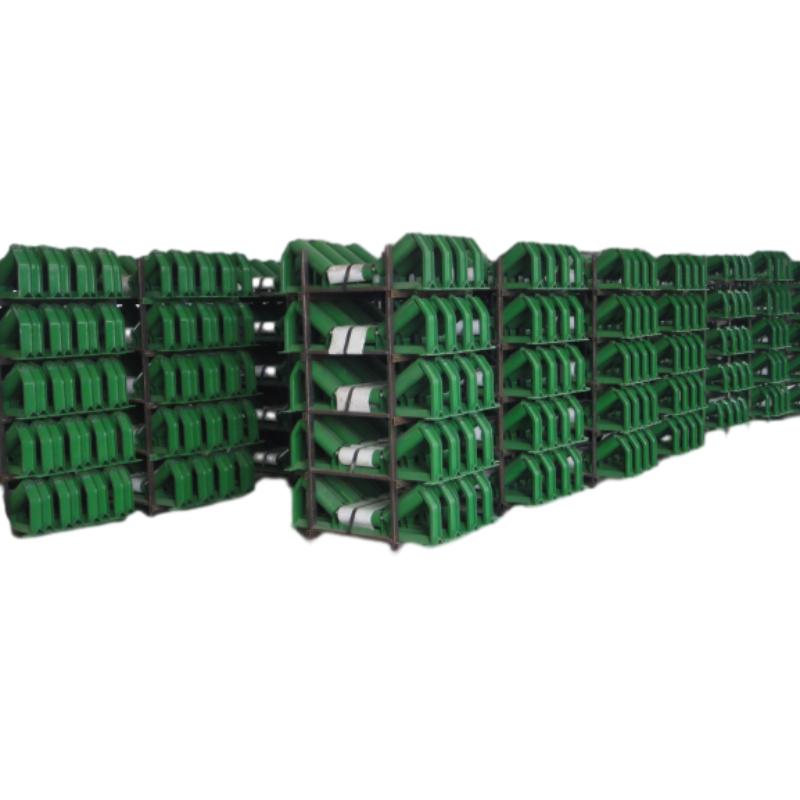Conveyor Idler Rollers – Durable, Low-Noise, Sealed
Field Notes on Conveyor Idler Rollers from the Belt Line
If you’ve ever walked a plant at 3 a.m. during a shutdown (I have), you know the sounds: a belt whispering along, a rough roller tapping like a metronome. That’s why the humble Belt Conveyor Idler isn’t so humble in the real world. It carries the load, sets the belt profile, and, frankly, decides whether your line runs smooth or bleeds energy.

What they are, and why they matter
Idlers support the belt and material. Troughing sets control the load zone; return rollers manage the empty strand. Performance hinges on runout, sealing, balance, and bearing integrity. Many customers say the right set can shave a couple percent off drive power—small on paper, real money over a year.
Industry trends worth watching
- Lower-friction seals and “sealed-for-life” bearings (less grease, fewer surprises).
- HDPE/composite shells for corrosion-prone ports and fertilizers; steel where impact is brutal.
- Tighter balance (ISO G40 or better) to cut noise and belt flap.
- Condition-friendly options: smart tags, QR-based life logs; modest but growing trend.
Quick product snapshot (real-world ranges)
| Parameter | Typical Spec | Notes (≈, may vary) |
|---|---|---|
| Roller diameter | 89–219 mm | Common for CEMA B–E |
| Belt width | 400–2000 mm | Custom on request |
| Shell material | Q235B / S355 steel; HDPE option | Stainless for corrosives |
| Bearings | 6204–6312 | SKF/NSK or qualified local |
| Sealing | Triple labyrinth + NBR | IP65–IP67 aim |
| Runout (TIR) | ≤ 0.30 mm | Per CEMA 502 class |
| Balance | ISO G40 | Better on request |
| Noise @1 m | ≤ 60 dB(A) | Clean, new rollers |
| Service life | ≈ 30,000–50,000 h | Load & dust dependent |
| Origin | East Outer Ring Rd., Yanshan, Cangzhou, Hebei, China | Factory-direct |

Process flow, in practice
Material incoming inspection → CNC turning and press-fit → CO₂/MAG welding of shells → Dynamic balance (ISO G40) → Multi-stage sealing assembly → Powder coat or galvanizing → Runout and rotational-resistance test (per CEMA 502) → Noise test → Water ingress test (target IP65–IP67) → Final QA. To be honest, the balance step is where cheap rollers fall behind.
Where they’re used (and what people report)
- Mining and aggregates: impact idlers under chutes; many plants saw 3–5 dB noise reductions after upgrades.
- Ports and grain: HDPE returns fight corrosion; spill drops because sticking fines don’t “weld” to plastic.
- Cement & power: high-temp seals, rubber-ring impact sets in loading zones.
Small case: a Hebei quarry swapped 30% of its returns for low-friction units and logged ≈2.1% power savings month-over-month. Not a lab trial—just real life.

Customization & options
Diameters 89–219 mm; shafts keyed or plain; premium bearings (SKF/NSK) or cost-optimized; seals standard or heavy-dust; coatings: powder, epoxy, or galvanizing; special: ceramic-lined, rubber rings, V-return, training rollers. Belt speeds up to ≈ 5 m/s in typical service.
Who to buy from? A candid comparison
| Vendor | Strengths | Typical Lead Time | Certs | Price Level |
|---|---|---|---|---|
| RAOHUA (Hebei) | Factory-direct, solid sealing, responsive custom | ≈ 10–25 days | ISO 9001; CEMA practices | Competitive |
| Global Brand A | Premium bearings, global stock | Stock/short | ISO 9001; CE; in-house labs | High |
| Budget Supplier | Low upfront cost | Uncertain | Varies | Lowest (watch QA) |
If uptime is king, spec tight balance and sealing. If total cost is the driver, mix classes—heavy-duty in load zones, lighter on long returns. And yes, choose Conveyor Idler Rollers that match your dust and moisture profile.
Standards, certifications, and test notes
Built to CEMA 502 dimensional/performance guidelines, balanced per ISO 1940-1, and produced under ISO 9001 QMS. Typical lab tests: rotational resistance, TIR, noise at 1 m, ingress spray, and salt-fog (where specified). Documentation matters—ask for test sheets; most reliable suppliers share them without drama.
Conveyor Idler Rollers don’t need to be fancy; they need to be consistent. Get the basics right and your belt will tell you—quietly.
References
- CEMA Standard No. 502: Bulk Material Belt Conveyor Troughing and Return Idlers, Conveyor Equipment Manufacturers Association.
- ISO 1940-1: Mechanical vibration — Balance quality requirements for rotors in a constant (rigid) state.
- ISO 9001: Quality management systems — Requirements.
- DIN 22101: Belt conveyors for bulk materials — Calculation and design principles.
-
Impact Roller for Belt Conveyor – Durable Solutions for IndustryNewsNov.24,2025
-
Rubber Conveyor Rollers – Quiet, Durable, Sealed BearingsNewsNov.24,2025
-
Industrial Conveyor Belt Rollers: Durable Solutions for Harsh EnvironmentsNewsNov.24,2025
-
Idler Rollers for Belt Conveyors | Durable, Low-Noise OEMNewsNov.24,2025
-
Durable Rubber Conveyor Belt Rollers for Industrial UseNewsNov.24,2025
-
Ceramic Lagging Conveyor Pulley – Anti-Slip, Wear-ResistantNewsNov.17,2025






























